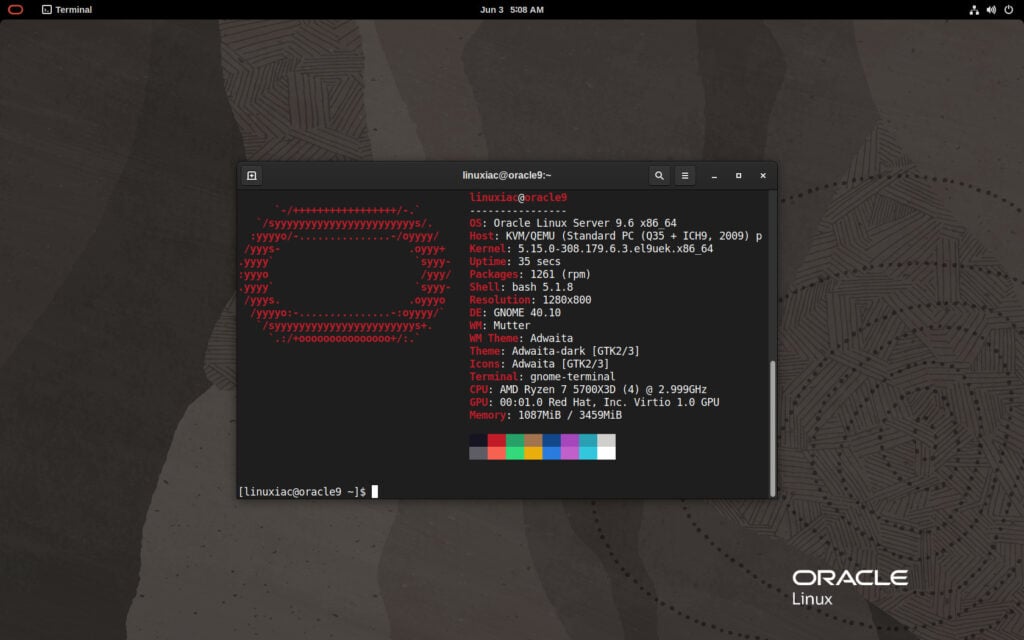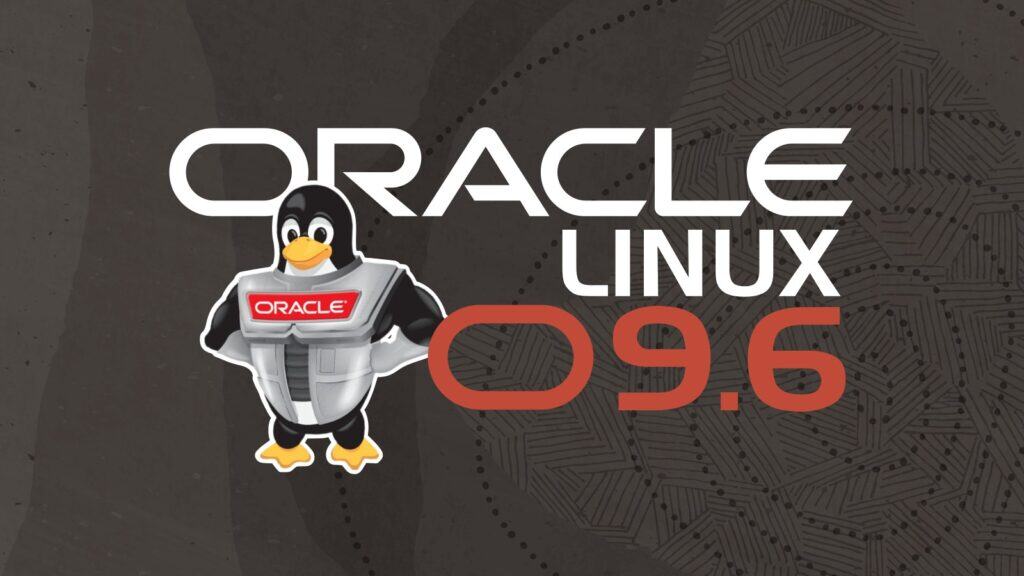Oracle has officially launched its Oracle Linux 9.6, with the main highlight being that UEK (Unbreakable Enterprise Kernel) 8 is now the default one for ISO installations.
Building on the long-term stable 6.12 base, UEK 8 brings memory management improvements, enhanced file system support, and networking optimizations tailored to enterprise workloads. Importantly, this kernel merges Oracle’s in-house enhancements with contributions from the Linux community.
That means more efficient I/O handling, better NUMA balancing, and reduced latency under heavy loads. Meanwhile, users who prefer the familiar Red Hat Compatible Kernel 5.14 can continue to rely on RHCK for x86_64 platforms; UEK 8 simply offers a path to leverage Oracle’s performance-centric kernel innovations without abandoning compatibility.
On the security side, Oracle Linux 9.6 introduces the Keylime policy management tool, consolidating all Keylime runtime tasks and measured boot policies. With the new policy management interface, generating and applying measured boot policies becomes more streamlined, reducing the manual effort required to maintain trusted computing baselines.
Furthermore, Oracle has updated the SCAP Security Guide to align the Oracle Linux 9 STIG profile with the latest DISA policies, ensuring that organizations subject to Defense Information Systems Agency (DISA) guidelines can more easily achieve compliance.
Additionally, certain cryptographic operations in the Nettle library have been optimized for performance, and new primitives like RSA-OAEP and SHAKE-128 have been added.

Regarding networking, there’s a noteworthy addition: support for Forward Error Correction (FEC) in NetworkManager. By enabling FEC, Oracle Linux 9.6 helps to reduce packet retransmissions over lossy links, thus lowering latency and boosting throughput in environments where network conditions can be unpredictable.
For developers, the Maven module stream now supports running with OpenJDK 21, meaning Java projects can take advantage of the latest language features and performance tweaks. Additionally, the LLVM, Rust, Go, and Valgrind toolchains have all been updated to their respective recent releases.
Lastly, the Container Tools RPM meta-package in the container space has been refreshed to include updated versions of Podman, Buildah, Skopeo, crun, and runc.
Visit the official Oracle Linux 9.6 release notes for more details, including a comprehensive list of changes and updates. The release announcement itself is here.
Upgrading to Oracle Linux 9.6 is straightforward for those already on Oracle Linux 9: a simple sudo dnf update brings you to the latest release. For organizations still running Oracle Linux 8, the Leapp utility supports a smooth in-place migration to Oracle Linux 9.6, with Leapp’s upgrade workflow handling most dependency checks and configuration adjustments automatically.
Similarly, systems on Oracle Linux 7 can leverage Leapp to hop up to Oracle Linux 8 first and then proceed to Oracle Linux 9.6, though it’s always wise to test the upgrade in a non-production environment before rolling it out rolling it out company-wide.
